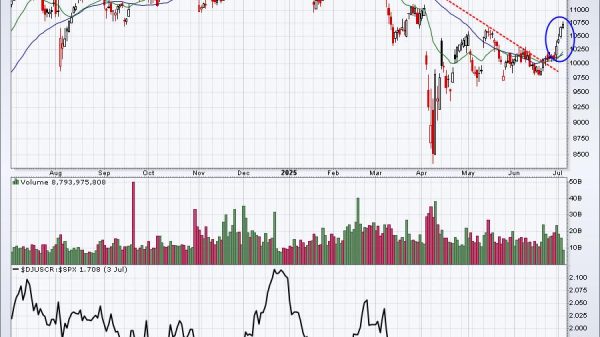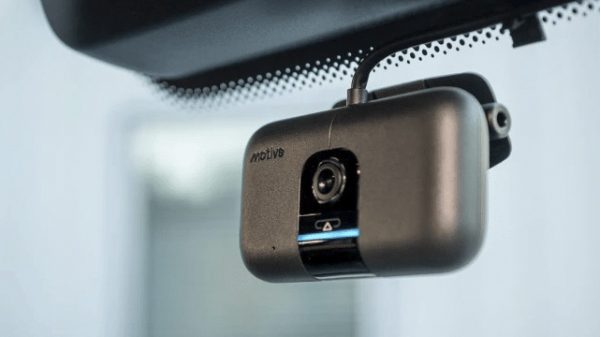Introduction and Overview
It probably won’t surprise you that the Internet of Things (IoT) is revolutionizing the healthcare industry, creating new opportunities for improved patient care, cost reduction, and operational efficiency. However, the Internet of Medical Things (IoMT) looks to bring even more innovation to the healthcare sector. IoMT includes some systems that were already staples of IoT, such as remote monitoring systems and wearable technology devices. However, IoMT expands the field through implanted devices and other smart connected devices that can feed critical and expensive or hard-to-access data back to healthcare providers.
Market Highlights
The market for this technology now appears set to grow from approximately $48.7 billion in 2022 to $370.9 billion by 2032, at a projected Compound Annual Growth Rate (CAGR) of 23.15% (Source: Market.us). All signs suggest that North America will continue to be the most important region, given a market share of 35.8%. In comparison with other global regions, North America’s embrace of IoMT and the accompanying adoption of advanced healthcare technologies has been faster and more widespread. In turn, the availability of these technologies has driven demand for remote patient monitoring technologies and services.
The global COVID-19 pandemic also radically shifted the boundaries of medical technology, and it is no exaggeration to call this a turning point in the widespread adoption of IoMT devices in healthcare. During the pandemic, remote consultations, monitoring of vital signs, symptoms, and other health parameters, and vaccine distribution and administration have been widely adopted through IoMT devices. Moreover, the vast amount of health data generated during the pandemic has provided valuable insights for trend analysis and better-informed decision-making, leading to improved strategies for managing the pandemic and other healthcare challenges.
Trends Shaping Market Growth
There are several factors currently shaping the growth of IoT in healthcare. Technological advancements in connected devices, such as artificial intelligence, machine learning, and cloud computing, have significantly improved the capabilities of IoMT devices and their potential impact on patient care. The increase in chronic diseases, such as diabetes, hypertension, and cardiovascular diseases, has also led to a higher demand for remote patient monitoring. This presents a key opportunity for IoMT by allowing healthcare providers to monitor patients remotely and provide early intervention, with improved patient outcomes and decreased hospitalization rates and shorter stays.
In addition to these driving factors, several trending factors are shaping the future of healthcare delivery through the integration of IoT technologies. The use of artificial intelligence (AI), machine learning, edge computing, blockchain, virtual reality (VR), augmented reality (AR), and smart sensors, enables more efficient and personalized healthcare services. AI-enabled algorithms can perform in-depth real-time analysis on impossibly large amounts of health data streaming from IoMT devices. This analysis can identify patterns and trends for better decision-making and truly personalized treatment plans. Cutting-edge techniques and technologies like Edge Computing and widespread 5G also reduce latency and increase the speed of data transfers, enabling more data to move ever more easily. Taken together, these trends are leading toward a likely scenario where wearable tech alone will be worth $54 billion by the end of 2023 (Source: GlobalData).
IoMT Applications and Use Cases
IoMT devices are being used in various applications across the healthcare industry, including physiotherapy and sports/fitness therapy. Wearable medical devices, such as fitness trackers and smartwatches, are expected to dominate the IoMT market, holding the largest share of 45% (Source: Market.us). These devices are widely used for personal health monitoring, fitness tracking, and chronic disease management, among other applications.
One of the key benefits of IoMT devices is their ability to enhance patient engagement and empower individuals to take control of their health. Wearable medical devices enable patients to track their physical activity, sleep patterns, heart rate, and other health parameters, to make informed decisions about their health and lifestyle. Patients with chronic conditions can use IoMT devices to monitor their health parameters at home and share the data with their healthcare providers, enabling remote monitoring and personalized care plans.
Another major reason for the appeal of IoMT devices is their ability to improve patient safety and slash the costs of delivering healthcare. For example, medication dispensers with smart technology can help prevent medication errors by providing reminders and alerts to patients, ensuring timely and accurate medication administration. Smart hospital beds equipped with IoMT sensors can monitor patient movements, pressure points, and other parameters to prevent pressure ulcers and improve patient comfort.
For a deeper insight into IoMT, we’ll now consider the work of Softeq, a full-stack digital transformation and IoT development company, in building firmware for a custom skin cancer screening device.
Case Study: Firmware for a Non-Invasive Custom Skin Cancer Screening Device
The use of Internet of Medical Things (IoMT) devices has revolutionized the healthcare industry, with applications ranging from fitness tracking to chronic disease management. A medical device manufacturer with a specialization in skin cancer screening wanted to create a portable device that was capable of scanning for skin cancer non-invasively. The company turned to Softeq to test this idea’s viability and to create the firmware on which the device would ultimately run.
The Softeq team developed a complex hardware and software system using cutting-edge mobile hardware and software. The device had LED lights, a speaker, an accelerometer, a display, and other hardware components. It included a pair of photodetectors and a force sensor, collectively used to create a real-time visual representation of the patient’s skin.
The system observed how quickly blood was refilled in suspect skin lesions and analyzed the data using custom algorithms. It had firmware and software that included an audiovisual guide with error messages, LED lights calibrated to enhance the sensitivity of the photodetector, and the ability to store over 100 test results in its memory. The system also had a custom Linux BSP and drivers, built-in flash memory-based software, optimized Linux boot-time, firmware updates via USB, and secure login via SSH protocol.
Conclusion
It should be clear by now that IoT devices for healthcare and IoMT devices are completely transforming the health sector. However, there are a few things to be cautious of if you’re considering an internet of medical things project. In particular, the collection and transmission of sensitive patient data by IoMT devices pose significant concerns in terms of data privacy and security. In designing and constructing IoT in healthcare projects, it is vital to protect this data to safeguard patient privacy and comply with regulatory requirements like the Health Insurance Portability and Accountability Act (HIPAA). Interoperability and standardization are also challenges, making it essential that you work with an experienced Healthcare Internet of Things development company like Softeq.
The bottom line is that IoMT devices are revolutionizing the healthcare industry by enabling remote patient monitoring, improving patient engagement, enhancing patient safety, and optimizing healthcare asset management. However, challenges related to data privacy, security, interoperability, and standardization need to be addressed to fully realize the potential of IoMT in improving patient care and outcomes. As technology continues to advance, IoMT is expected to play a crucial role in shaping the future of healthcare by enabling personalized, proactive, and patient-centric care.
The post Transforming Healthcare with IoT appeared first on IoT Business News.






















